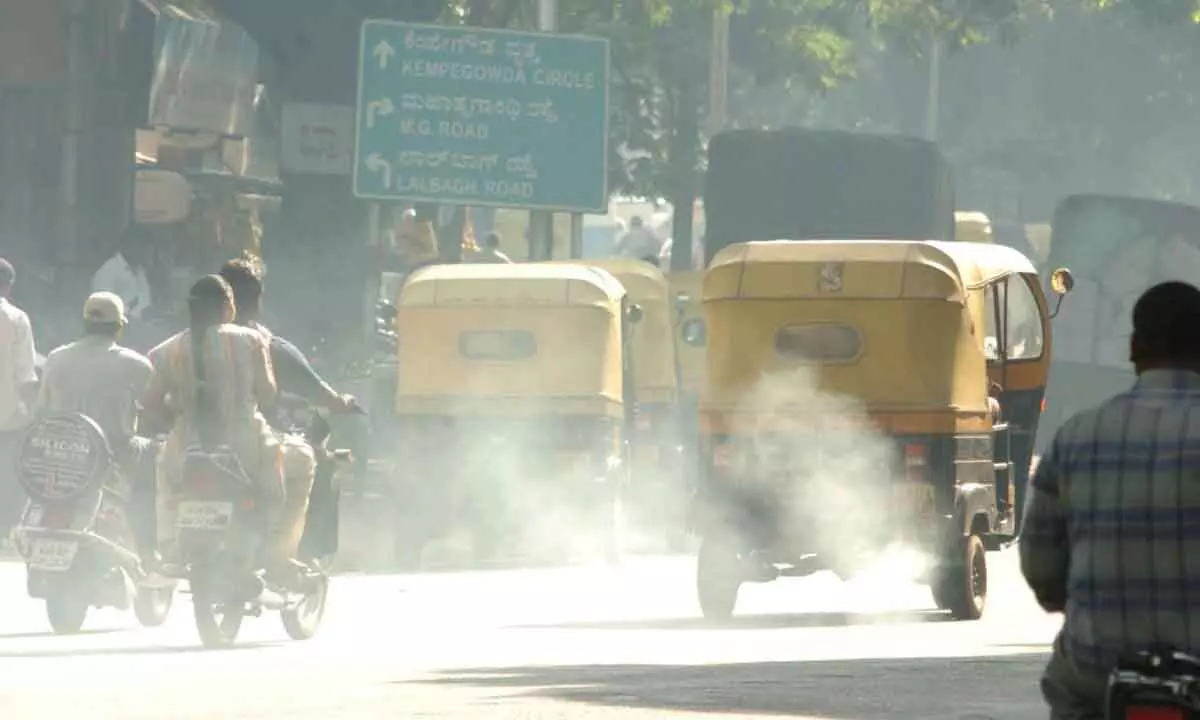Live
- ICC Champions Trophy 2025: Trophy tour to start from Islamabad on November 16; to travel to Karachi, Lahore and Rawalpindi
- Nazara Technologies sees Q2 profit decline 33 pc to Rs 16 crore
- Jan Aushadhi Kendras become a lifeline for the common man in Jharkhand's Dhanbad
- Rana Daggubati Unveils a Fresh Take on Celebrity Talk Shows with The Rana Daggubati Show
- Pakistan battles smog emergency as millions suffer from respiratory infections
- NASA's AI Earth Copilot: Answer Your Questions About the Planet
- Another tigress released in soft enclosure in Similipal
- Cong, BJP leaders’ rush to join AAP shows we are winning Assembly polls: Kejriwal
- Janajatiya Gaurav Diwas: PM Modi’s selfie with members of Irula tribe draws attention
- Bolivian Opposition leaders arrested on terrorism charges









